How to Choose a Tactical Knife
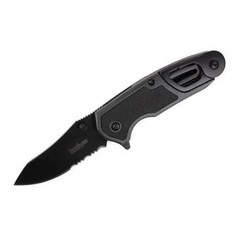
If you have been wrestling with how to choose a tactical knife, hopefully this blog post will help.
When choosing a tactical knife, there are a lot more choices than just tactical fixed blade knives, tactical folding knives, or deciding based on how the knife feels in the hand.
In this post, our Joint Force Tactical experts outline many of the other options to consider including knife blade style and material plus the many different types of tactical knives available.
How to Choose Tactical Blade Style
Aside from budget, blade style, material, strength, and edge retention will play major rolesin how to choose a tactical knife.
Below are the different tactical blade styles to consider depending on what your tactical knife will be used for.
 Folding Blades – Folding tactical knives are portable, easy to carry, and feature a compact design that makes them ideal for everyday carry.
Folding Blades – Folding tactical knives are portable, easy to carry, and feature a compact design that makes them ideal for everyday carry.
Fixed Blades – Fixed blade tactical knives are generally larger, stronger, and more dependable than folding blades plus they are generally much easier to deploy. These are ideal tactical knives for hunting, survival, and for military or law enforcement duty.
Drop Point Knife – The top of the blade drops to meet the edge of the blade at the knife point.
Trailing Point Knife – The blade edge curves up past the height of the handle to meet the blade top.
Spear Point Knife – Like a spear or mini dagger, the blade edge and top spine curve equally to a point.
Straight Back Knife –There is no curve in the top spine of the blade
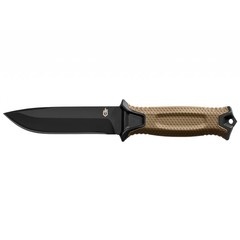 Clip Back Knife – The blade top is clipped and can be sharpened as a second top edge that meets the bottom edge at a point.
Clip Back Knife – The blade top is clipped and can be sharpened as a second top edge that meets the bottom edge at a point.
Wharncliffe Knife – The spine gradually curves down to meet the blade tip.
Tanto Knife –The nose of the large blade edge angles up to meet the blade top creating a second short edge (Tanto knives resemble the nose of a great white shark).
Combo Edge Knife – The blade edge will include a serrated (saw-like) section, a favourite of hunters and survivalists.
How to Choose a Tactical Knife by Type
Whether you are military, law enforcement, a first responder, search and rescue, a hunter, or just an outdoor enthusiast, make sure the tactical knife you choose is mission ready.
Below is an overview of the types of tactical knives available to best meet your objectives.
 Utility Knives
Utility Knives
Designed for performance, durability, and multi-tasking, utility knives are general use survival knives that often include a partially serrated edge and a corrosion-resistant blade.
Everyday Carry Knives (EDC)
Lightweight and ergonomically designed, space saving everyday carry knives are often foldable and include pocket clips for easier carrying. They are designed to go wherever you go.
Duty Knives
Ideal for military and law enforcement personnel, duty knives (aka: tactical combat knives) are designed for easy deployment. They are also corrosion resistant and excellent at holding an edge.
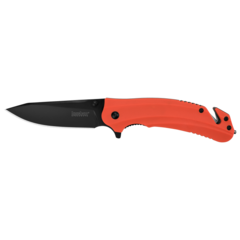 Survival Knives
Survival Knives
If you are a hunter, an outdoor enthusiast, or with search and rescue, you will want a survival knife that will prepare you for virtually anything. Survival knives typically feature a stronger fixed blade that my also include a serrated edge.
Hunting Knives
There are different sizes of hunting knives so be sure to choose one that is best suited for the type of game you are hunting.
Blade Material
How a tactical knife is made, and the type of blade material it’s made from are also important to consider in how to choose a tactical knife. This is especially true when it comes to blade strength and edge retention.
Most tactical knives feature steel blades because they are tough, rigid, corrosion resistant and have high tensile strength.Steel is an iron alloy. The more carbon a blade has the more corrosion resistant it will be. Vanadium is a hard, malleable chemical element that can further strengthen the blade.
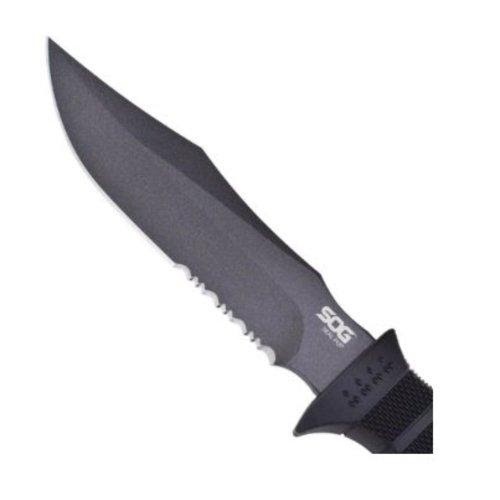 Here are a few of the choices when it comes to blade material:
Here are a few of the choices when it comes to blade material:
- Stainless Steel Blades– Resists rust and corrosion and holds the edge better but is difficult to sharpen.
- Carbon Steel Blades – These have higher levels of carbon making the blade harder and stronger but also more brittle.
- Tool Steel Blades – Very hard steel made from the same material as work tools like screwdrivers and hammers.
- Thermoplastic Blades – Lightweight, dependable, and quite resistant to corrosion and rust.
- Vanadium Steel Blades – Very tough corrosion resistant blades that hold an edge well but may be difficult to sharpen.
Tactical Knife Handles
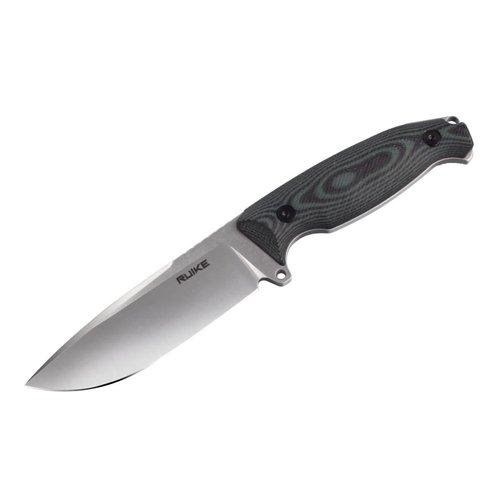 There are also a lot of handle choices when it comes to how to choose a tactical knife. The type of material, the esthetics, and the shape of the grip all play a major role in how the knife will feel in the hand and perform for you.
There are also a lot of handle choices when it comes to how to choose a tactical knife. The type of material, the esthetics, and the shape of the grip all play a major role in how the knife will feel in the hand and perform for you.
Here are some of the types of tactical knife handles that are available:
- Composite Knife Handle
- Leather Knife Handle
- Fiberglass Laminate (G10)
- Aluminum Knife Handle
- Steel Knife Handle
- Rubber Knife Handle
- Nylon Knife Handle
Need Help Choosing a Tactical Knife?
Joint Force Tactical provides tactical gear to military personnel as well as law enforcement, first responders, search and rescue, hunters, and outdoor enthusiasts.
We also operate a brick-and-mortar store located at Unit 103, 5725 Vedder Road in Chilliwack, BC Canada. If you are in the area, please drop by and say hello.
If this post didn’t answer all your questions or if you need more information on how to choose a tactical knife (aka fighting knife), contact our tactical gear experts.
Please call us at 1-604-705-0600 or send us an email.



























